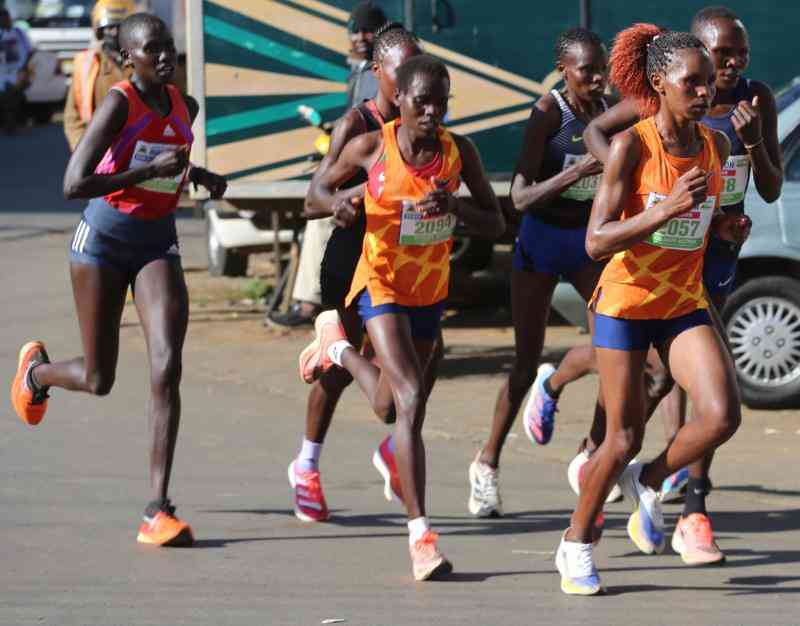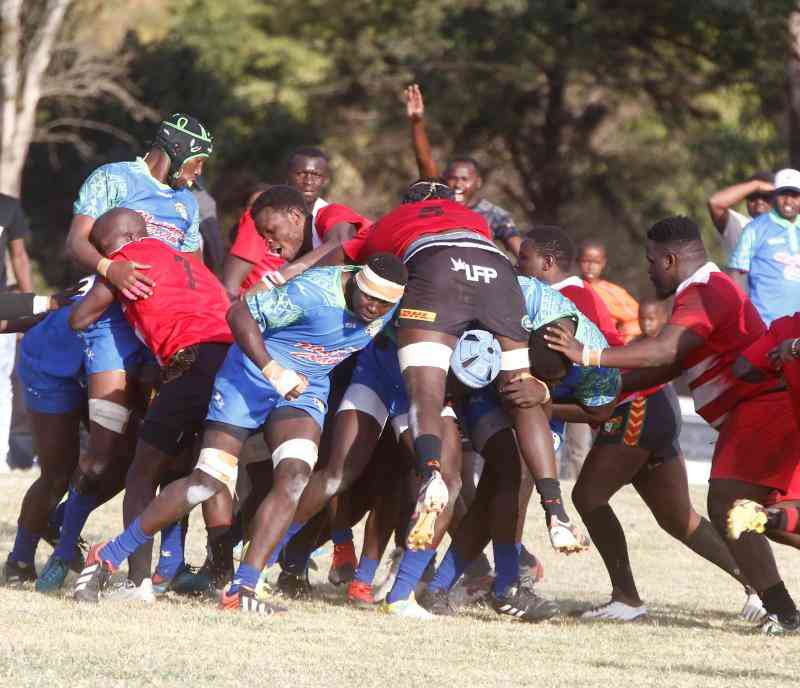National Bank of Kenya is walking a tightrope to remain profitable. The lender sank into Sh1.2 billion full-year loss even though management had painted a rosy picture.
In its nine-month to September 2015 results, the bank had reported a profit of Sh2.5 billion. It is what changed within the next three months to December 2015 that has raised more questions than answers.
Analysts say the bank’s poor income performance combined with a rise in cost burden led to income ratio (CTI) to rise to 78.2 per cent up from 70.2 per cent. “At such levels, National Bank is the most inefficient lender among the listed banks given 2015 average industry CTI of 47.4 per cent,” said Standard Investment Bank (SIB) in its note to clients.
To put this in perspective, NBK spends Sh78.2 to generate Sh100, which means their margin is Sh21.8. This is low compared to industry average margin of Sh52.6.
In September, when the bank’s CEO Munir Ahmed announced the results, he described them as “one of the best performances in the bank’s 48 year history.” Then, the lender’s books showed profit before tax of Sh3.22 billion, representing a 79.5 per cent increase from Sh1.8 billion in a similar period of 2014.
However, a look at NBK’s books also reveal an unpredictable performance, one of highs and lows that have seen some analysts link the lender to creative accounting. These are practices that follow required laws and regulations, but deviate from what those standards intend to accomplish. Firms capitalise on loopholes in the accounting standards to falsely portray a better image of the company.
And the decision to leave investors and the public guessing only to issue a profit warning and full year results in quick succession only served to deepen the mystery. The lender’s board suspended Managing Director Munir Ahmed and five top managers on Tuesday, March 29 and the following day issued a profit warning. Then, the bank went ahead to announce a Sh1.2 billion loss the following day sending the stock tumbling. National Bank topped the losers’ list. It shed 19.2 per cent of its value after the bank announced poor results.
In 2010, the bank posted a profit after tax of Sh2.02 billion. The profits dipped to Sh1.5 billion in 2011 followed by a further 51 per cent drop to Sh729 million in 2012. And in 2013, the bank posted Sh1.1 billion profit. A bigger drop was felt in 2014 when the profit was Sh870 million before slipping into losses.
None expected 2015 to be bad for the bank. It is the year that saw the bank’s profits surge from one quarter to another, and loss seemed far from sight. In March last year, the profit was Sh494 million and three months later, it had hit Sh1.73 billion. However, full year results took a difficult turn with Sh1.15 billion loss.
Important ratios that gauge the financial soundness of a banking institution have been quickly approaching the red zone. Since 2009, the liquidity ratio, which is used to measure a company’s ability to pay off its short-terms debt, has been narrowing. In 2010, when the bank posted the highest profit, the liquidity ratio was 41 per cent against the minimum statutory requirement of 20 per cent.
Five years later, the margin of safety has narrowed. In the 12-month period ended December 2015, the bank’s liquidity ratio stood at 30.7 per cent. In September, it was 21.1 per cent, just 1.1 per cent shy from the Central Bank of Kenya minimum rate.
While issuing a profit warning, the lender said that part of the reason for the drop in profit was failure to dispose a ‘key low yielding asset’ that could have increased its income. Such income would have boosted the lender’s liquidity position as well as profitability. It is recorded as other income and therefore affects both income statement and statement of cash flows.
A scrutiny into the September’s unaudited books and December’s audited financial statements show a big discrepancy in ‘other income’ section. This raises fears that the anticipated income from sale of an asset could have been entered in books before the transaction was completed. Under International Financial Reporting Standards (IFRS), revenues are only recognised in the books after the transaction has been completed.
Against Central Bank of Kenya’s statutory requirement of 14.5 per cent total capital to total risk weighted assets ratio which compares a lender’s core equity capital and total risk-weighted asset, National bank was in negative.
Scoring 14 per cent meant it was 0.5 per cent down and therefore ranks as under-capitalised. By law, it could not pay any dividends. In addition, it is required to file a capital restoration plan. Its core capital to total deposit liabilities was just 0.8 per cent up from CBK’s minimum of 8.8 per cent.
To help boost its capital ratios, NBK had secured shareholders’ approval to raise Sh13 billion in 2013. But Treasury and Capital Markets Authority are yet to give nod. The Treasury holds a 22.5 per cent stake in NBK, making it the second largest institutional investor after the government-controlled National Social Security Fund (NSSF), which has 48.1 per cent shareholding.
According to SIB, the NSE-listed lender will struggle to meet the statutory requirements: “We are concerned about allegations of corporate governance issues surrounding the bank as well as long overdue capital raising initiative which is yet to be finalised.”
The CBK uses the two capitalisation ratios to measure the stability and efficiency of a bank. “Following the coming into effect, in January 2015, of the new capital adequacy requirements which factor in market and operational risk in computation of CAR (capital adequacy ratio) as well as include a buffer, National Bank is in need of raising Tier 2 capital in order to meet the threshold as well as continue growing its loan book,” said SIB. Tier 2 capital refers to additional bank capital.
Another headache for NBK is the non-performing loans. The coming in of new CBK governor Patrick Njoroge saw the industry regulator warn banks against underproviding for bad loans in order to record profits. This may as well have been true for National Bank. Since 2009, the highest loan loss provision it has ever made is Sh725.6 million in 2012. That year, the bank said it recovered Sh1.17 billion in bad debt - the highest recovery since then.
In 2009, against a net profit of Sh1.46 billion, it only gave a provision of Sh143.5 million. Yet in the same year, its gross non-performing loans were Sh1.3 billion. In 2014, it stayed in profits, giving a provision of Sh525.3 million.
But in 2015, strict regulations may have left the bank with little room. It had to make a provision of Sh3.7 billion as an impairment charge, being 606 per cent increase in provision. The bank’s gross toxic loans grew by nearly two-thirds to Sh11.7 billion in the period under review, reflecting the deteriorating quality of its assets.
 The Standard Group Plc is a multi-media organization with investments in media
platforms spanning newspaper print operations, television, radio broadcasting,
digital and online services. The Standard Group is recognized as a leading
multi-media house in Kenya with a key influence in matters of national and
international interest.
The Standard Group Plc is a multi-media organization with investments in media
platforms spanning newspaper print operations, television, radio broadcasting,
digital and online services. The Standard Group is recognized as a leading
multi-media house in Kenya with a key influence in matters of national and
international interest.
 The Standard Group Plc is a multi-media organization with investments in media
platforms spanning newspaper print operations, television, radio broadcasting,
digital and online services. The Standard Group is recognized as a leading
multi-media house in Kenya with a key influence in matters of national and
international interest.
The Standard Group Plc is a multi-media organization with investments in media
platforms spanning newspaper print operations, television, radio broadcasting,
digital and online services. The Standard Group is recognized as a leading
multi-media house in Kenya with a key influence in matters of national and
international interest.









